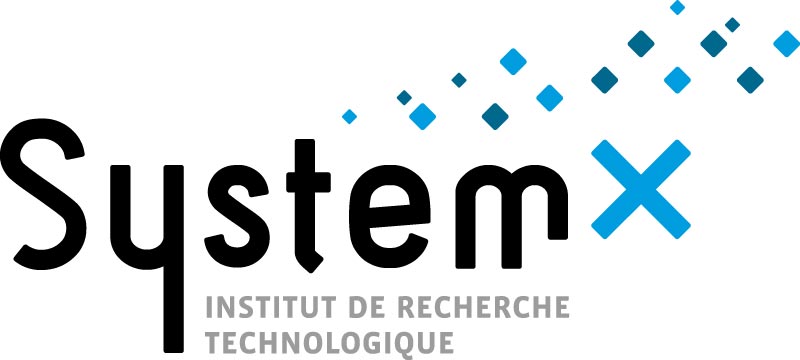The DebiAI Python module is an interface with DebiAI, you can use directly it in your Python project workflow to provide DebiAI with data.
- Basic:
- Project creation
- Project data insertion from dataframe
- Model metadata and model results insertion
- Selection creation and download
- Advanced:
- Selection made with the dashboard samples recovery
- tf.dataset creation from the project selections (beta)
- A running DebiAI instance
- Numpy
- Pandas
- Eventually Tensorflow
pip install --upgrade debiai# Build
./build_package.sh
# Install
pip install build_package/*.tar.gzfrom debiai import debiai
import pandas as pd
import numpy as np
DEBIAI_URL = "http://localhost:3000/"
DEBIAI_PROJECT_NAME = "Hello DebiAI"
# Initialization
my_debiai = debiai.Debiai(DEBIAI_URL)
# Creating a project
debiai_project = my_debiai.create_project(DEBIAI_PROJECT_NAME)
# Creating the project block structure
block_structure = [
{
# The sample: an image with contexts, GDT and an ID
"name": "Image ID",
"contexts": [
{"name": "My context 1", "type": "text"},
{"name": "My context 2", "type": "number"},
],
"groundTruth": [{"name": "My groundtruth 1", "type": "number"}],
}
]
# Each columns belongs to a category, but you can algo group with a optional "group" key
# The columns with the same group will be grouped in the dashboard
debiai_project.set_blockstructure(block_structure)
# ======== Adding the project samples ========
# Adding samples with a dataframe
samples_df = pd.DataFrame(
{
"Image ID": ["image-1", "image-2", "image-3"],
"My context 1": ["A", "B", "C"],
"My context 2": [0.28, 0.388, 0.5],
"My groundtruth 1": [8, 7, 19],
}
)
debiai_project.add_samples_pd(samples_df)
# The project samples are ready to be analyzed with the dashboard
# ===== Adding the project model results =====
# Setting the project models expected results
expected_results = [
{"name": "Model result", "type": "number"},
{"name": "Model confidence", "type": "number"},
{"name": "Model error", "type": "text"},
]
debiai_project.set_expected_results(expected_results)
# Create the models
debiai_model_1 = debiai_project.create_model("Model 1")
debiai_model_2 = debiai_project.create_model("Model 2")
# Adding results with a numpy Array
results_np = np.array(
[
["Image ID", "Model result", "Model confidence", "Model error"],
["image-1", 3, 0.98, "yes"],
["image-2", 7, 0.97, "no"],
["image-3", 10, 0.8, "yes"],
]
)
debiai_model_1.add_results_np(results_np)
# Adding results with a dataframe
results_df = pd.DataFrame(
{
"Image ID": ["image-1", "image-2", "image-3"],
"Model result": [5, 7, 19],
"Model confidence": [0.22, 0.8, 0.9],
"Model error": ["yes", "no", "no"],
}
)
debiai_model_2.add_results_df(results_df)
# The model results are ready to be analyzed with the Debiai dashboardResults in the DebiAI dashboard:

# Download the project data
samples_df = debiai_project.get_dataframe()
# Get all samples with "My groundtruth 1" > 10
samples_df_gt = samples_df[samples_df["My groundtruth 1"] > 10]
samples_df_gt_ids = samples_df_gt["sample_id"].tolist()
# Create a new selection
debiai_project.create_selection(
selection_name="High groundtruth", samples_id=samples_df_gt_ids
)
# Get the selection samples
selection = debiai_project.get_selection("High groundtruth")
selection_df = selection.get_dataframe()
# Delete the selection
debiai_project.delete_selection("High groundtruth")- Nan or empty values are not supported at the moment.
/,.,:,?,*,\, and|, are not supported in the project name and in the data/blocks ids.
⚠️ If the data don't upload or don't load: check that there is only string, number or boolean values (no Nan, objects or array values) in the data that you are uploading, and that there is no special character in the project name and the data ids.
Developed by :






